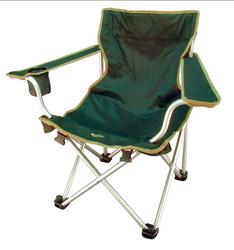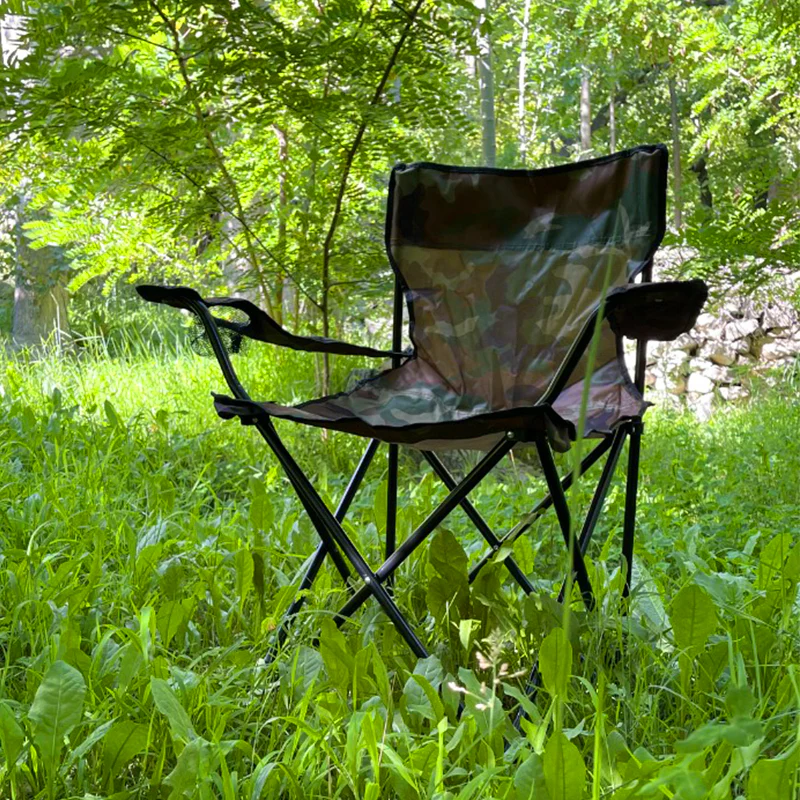It does say in the brief and specification that the church chairs should be ‘Able to stack or fold neatly and compactly’ so I have decided to research further into folding chairs, looking more closely at their functions and overall designs.
The most obvious reasons for using folding chairs are, of course, space saving and easy transport. This is something which I can think about at a later date, but it’s always important to raise this type of question.
Foldable chairs are seats that can easily be folded and stored. That means it will not provide any kind of hindrance when you have to mop the floor or set up decorations, and it will occupy far less space compared to chairs that cannot fold. So necessarily, these types of chairs are most ideal for the range of activities that go on in churches, from weddings to choir practice.
This factor also extends to transportation. They are generally lightweight, easy to move by one person; but one more of an advantage is that multiples can be moved using a chair dolly, and this can be manipulated by one person carrying a number of chairs.
The bottom line, therefore, is how I have already established the advantages of folding chairs and really why briefs and specifications say that a folding piece of furniture is imperative for the church environment.
Primary Research & Product Analysis
Folding Wooden Dining Chair.
This is a standard collapsible chair that I have in my bedroom at home. Purchased from Argos
I have decided that this product would be good to use as an example for me to complete a product analysis in the bid to help me with my designs and development. Whether I am going to adopt the idea of the folding chair in my design or not, I will have to decide at a later point in time. However, it needs to be taken into consideration because it does state within the brief and specification that foldable or stackable qualities are important things for the chair, therefore this shall be a useful source for primary research.
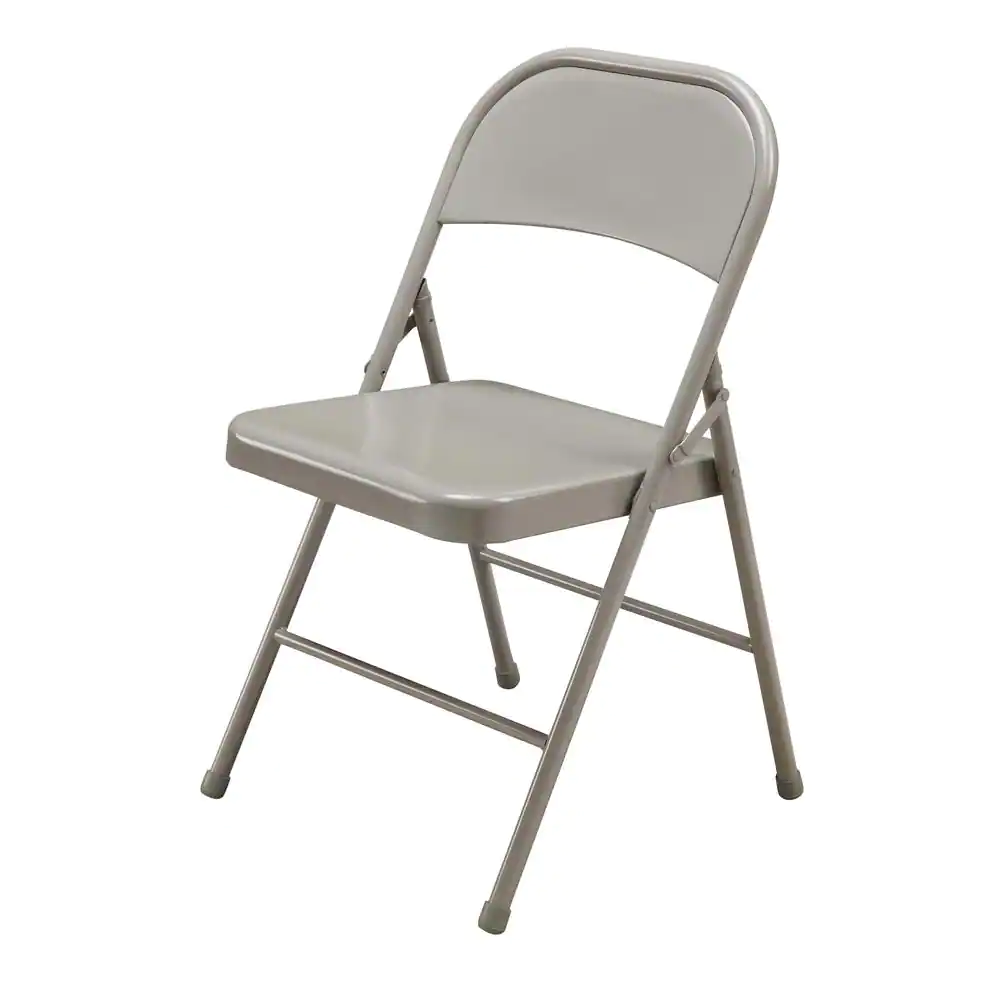
Manufacturing and Assembly.
This would be mass produced in high volumes. The reason behind this is that it is a much quicker way to manufacture the product, and it also means each product will be exactly the same by following the step-by-step procedure. When the consumer buys the product, it only requires one person to self-assemble the chair together.
Aesthetics and ergonomics.
This chair design is very classic, smart, and simple; it would look good and be suitable for most environments—for instance, the kitchen, in an office, or in the dining room. The lacquered finish applied on the wood makes it look clean and fresh, which is also a very attractive feature but also enables it to be cleaned quite easily. The product is very user-friendly and doesn’t require much in the way of intelligence, per se, to fold chair parts.
Speaking ergonomically, this product has not really got much comfort. I am often using the cushions in order to add extra comfort while using the chair. However, the chair is relatively sturdy, and it seems safe as it manages to withhold my own body weight. However, does it suit a range of different users?
It does say in the product information, though, that the maximum weight it can hold is 3.2kg. The chair’s size is H83, W41, D52.5CM in dimension, which would be a standard and average for most generic chairs inside households.
Working principles and Functions.
There is a groove on the side of the chair that allows it to slide up and down without any hindrance. That certainly will make it easy to fold if necessary. The chair works fine; it folds easily owing to the metal components and joints. It looks neat and can be stored without taking huge space. It also seems that it does not require any regular maintenance. Hence, it indeed has been designed to suit its purpose in terms of functionality. However, how does the target consumer react to it?
Picture
Listed below are some reviews that I have drawn off the website. This information will help me find out whether the chair is a good product that answers all the requirements of a good design but also is a useful part of the product analysis.
Here are three screen shots taken from the Argos website in the reviews section for this product.
This has been a useful part of my product analysis by looking over these reviews and comments, and it has made me realize how important your audiences or users for any product are when designing. The overall rating that this product has been given by consumers is 4.4 stars. Some of the comments were quite interesting, and most of the reviews featured things such as ‘easy to store,’ ‘suited for most occasions,’ and ‘strong and good value.’ Those are very important ratings. So, according to this information, it goes without saying that in general, the design of the chair does meet most users’ needs.
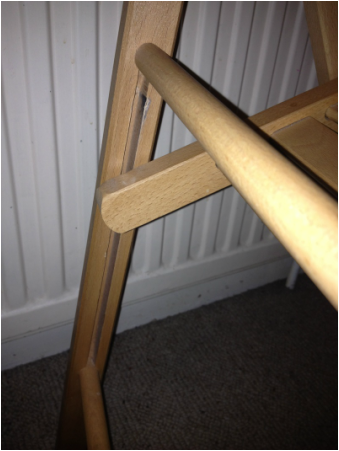
Uses.
Folding chairs are used generally for seating in areas where permanent seating is not possible or practical. This includes various outdoor and indoor events, such as funerals, college graduations, religious services, and sporting events and competitions.
Folding chairs are also utilized in the home for any situation requiring extra seating. Examples include parties, card games, and temporary dinner table seating. It may be combined with a folding table.
History.
In the Mediterranean region, folding chairs or stools had been in use as seating in the 15th–13th century BC.[2] The chairs also found their way into the richest graves as part of the grave goods. In Egypt, a folding chair with ebony and ivory and gold fittings was found in the tomb of Tutankhamun.
Folding chairs already existed in the Nordic Bronze Age, in Ancient Egypt, Minoan Greece, and Ancient Rome. The frame was usually made of wood, but very few of them were made of metal. In Artistic carvings, inlays are made in the wood and gilded with decorations of ivory. More than 18 remains of folding chairs had been found in Northern Europe, which dated back to the Nordic Bronze Age—for example, the Daensen folding chair and the Guldhøj chair, which was found near Vamdrup in Denmark. [3]
The folding chair was extant throughout the Middle Ages. Folding chairs, known as faldstools, were valued as liturgical furniture pieces. Bishops used them when not in residence at their own cathedral. Since the 15th and 16th centuries folding chairs frequently had arm and head rests.
An early United States patent for a folding chair was granted to John Cram in 1855.[4] On 7 July 1911, Nathaniel Alexander patented a folding chair[5] whose main innovation was including a book rest.[6] The first aluminum folding chair with fabric strapping for the seat and back was designed by Fredric Arnold in 1947. By 1957, the Fredric Arnold Company of Brooklyn, New York, was already manufacturing more than 14,000 chairs a day. The folding chair comes predominantly today in hard plastic, metal, or wood.
Design.
These folding chairs usually weigh anywhere between 2 and 5 kilograms, and are made to come in different styles, folding mechanisms, and materials.
Lawn chair
A generic form of folding chair is also called a lawn chair. It is made with a collapsible framework that is usually fabric covered. They are commonly used outdoors at sporting events and in parks.
Pivoting of the legs
Legs of a folding chair may pivot to fold either under the seat, or at the seat.
The majority of folding chairs pivot at the seat level. The seat aligns between the back supports. The back support and the front legs are the same part. There are however several designs that fold under the seat. Side-X stools consist of two X-shaped pieces with a sheet of cloth between them that becomes the seat. One variant of the side-X stool with a backrest, very similar to the front-X chairs, has been termed a side-X chair. Much like the other models, the side-X chairs differ in that the backrest and the front foot have identical support. The seat is hinged to fold down between the sidebars, either down between the front legs or up to align between back-sidebars. Mechanisms vary, but the supports for the back and the feet in front are invariably the same part.
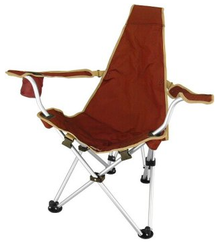
Pricing.
Prices and quality can be roughly put into four categories, and are to a great extent the same as for stacking chairs:
Low range
This light and not very expensive furniture is usually made from steel tubing, with a plastic seat and backrest. Such style is very widespread in homes, churches, schools, and community events.
Mid-range
These are sturdy and a greater variety in styles and materials. They are typically not upholstered. They cost from approximately $25 apiece. Their primary use is seating for large arenas, outdoor or places of worship, but also cafes and brasseries.
Upper range
These folding chairs are often multiple reinforced, and come with padded seats and backrest. These are mainly sold for sporting events. Sometimes the seat is made to fall backward so that it stands upright, which makes rainwater run off the upholstered seat.
High end
Folding chairs in this category cost upwards of $150 apiece. The reason for the high pricing is because of the more expensive materials used which may mean some are They may be upholstered.[7]
In popular culture
Specifically modified and lighter folding chairs are used as weapons in professional wrestling. The investigation into Chris Benoit’s death cited chronic traumatic encephalopathy, which is often caused by chair shots to the head and other related concussions as a leading cause of his symptoms. Chair shots to the head are now banned in the WWE and All Elite Wrestling and the use of chairs was reduced to prevent injury.
